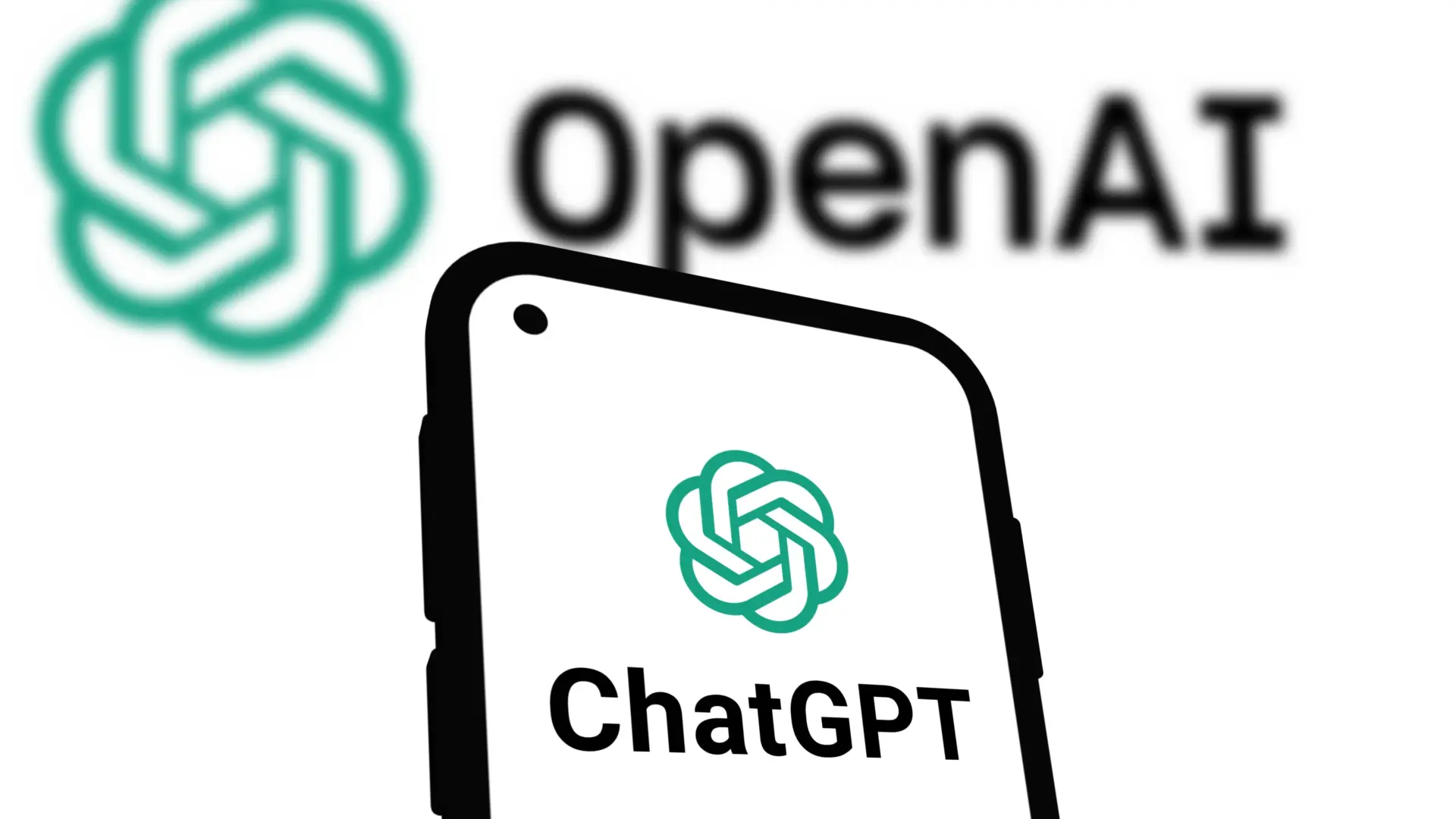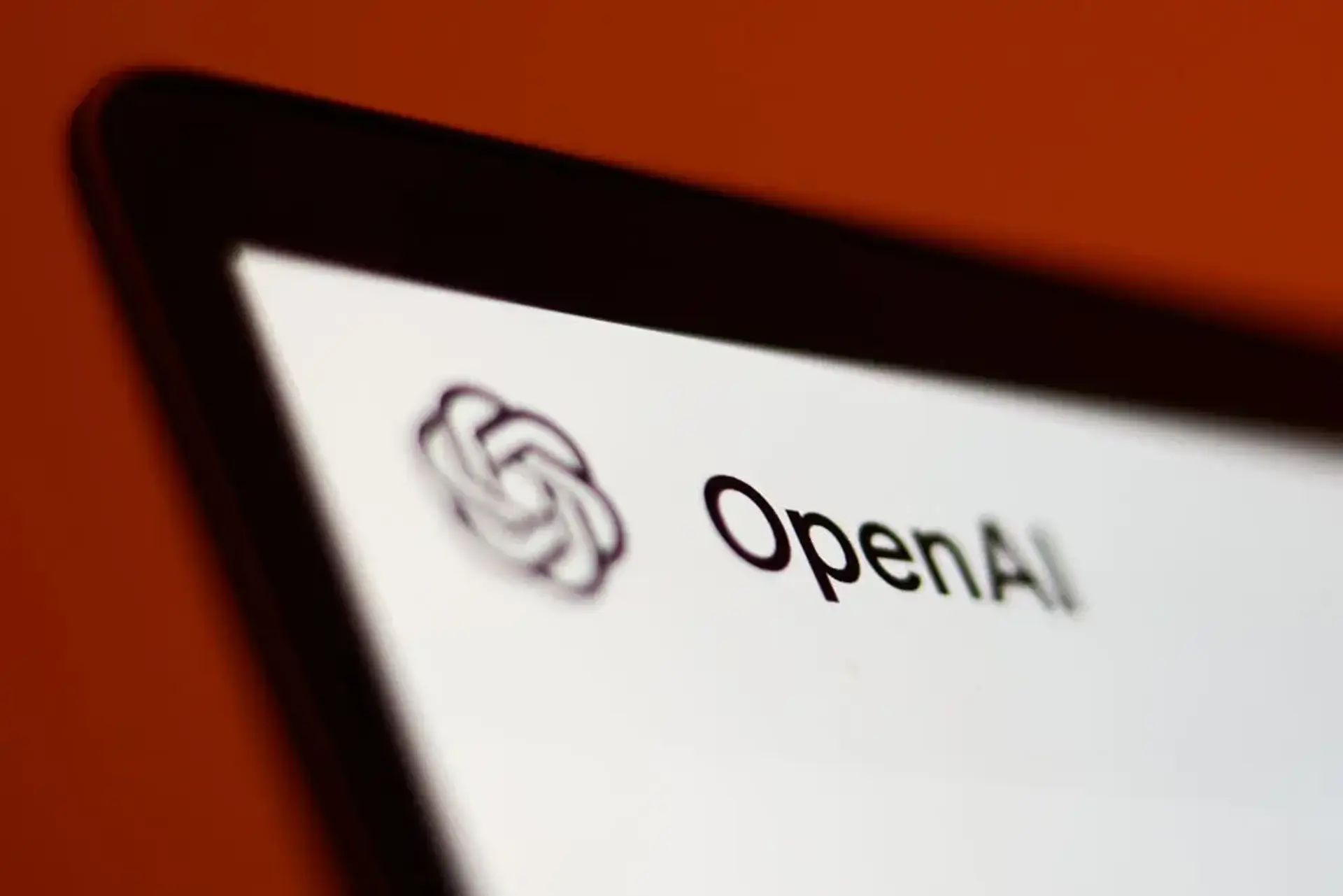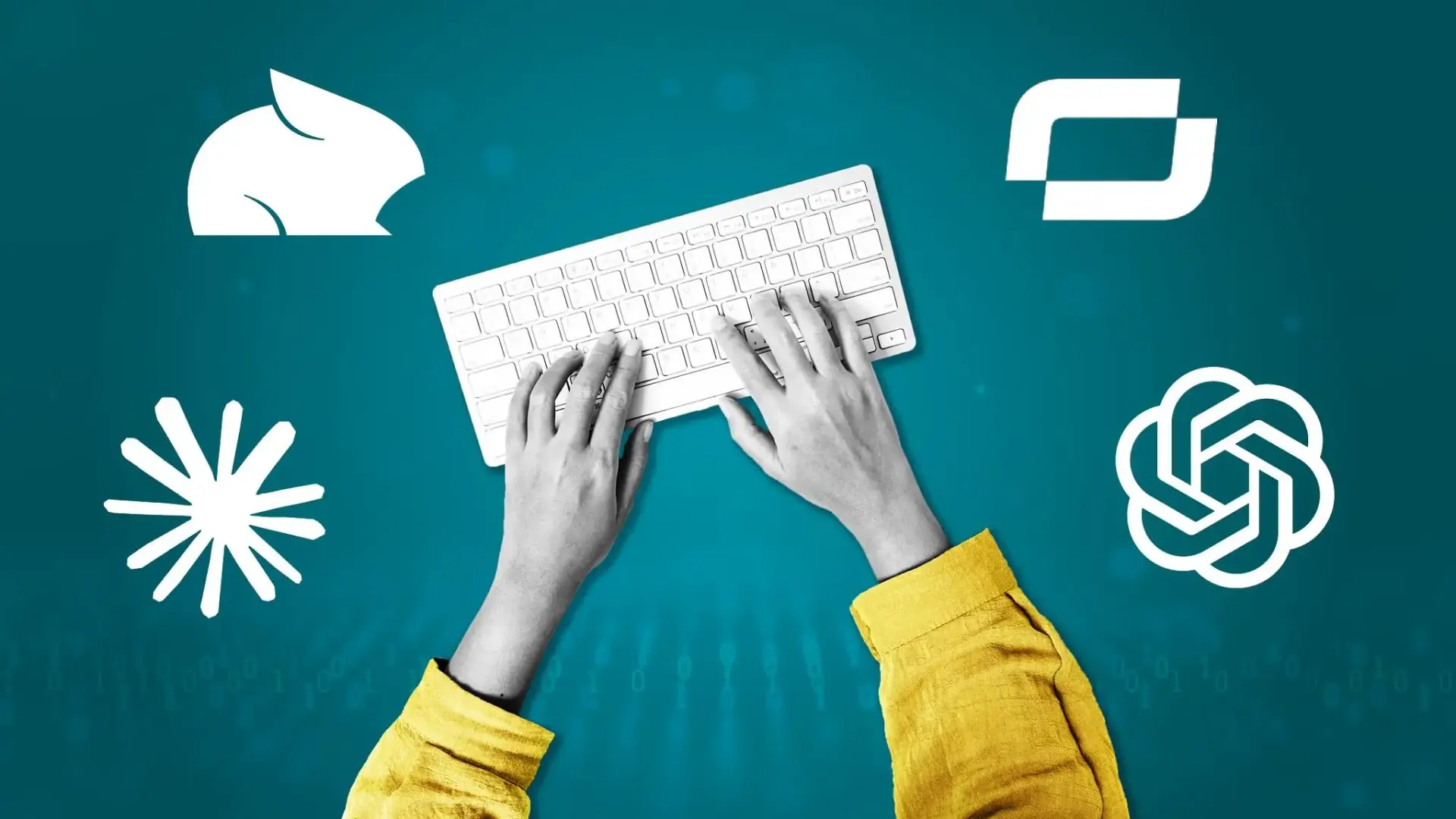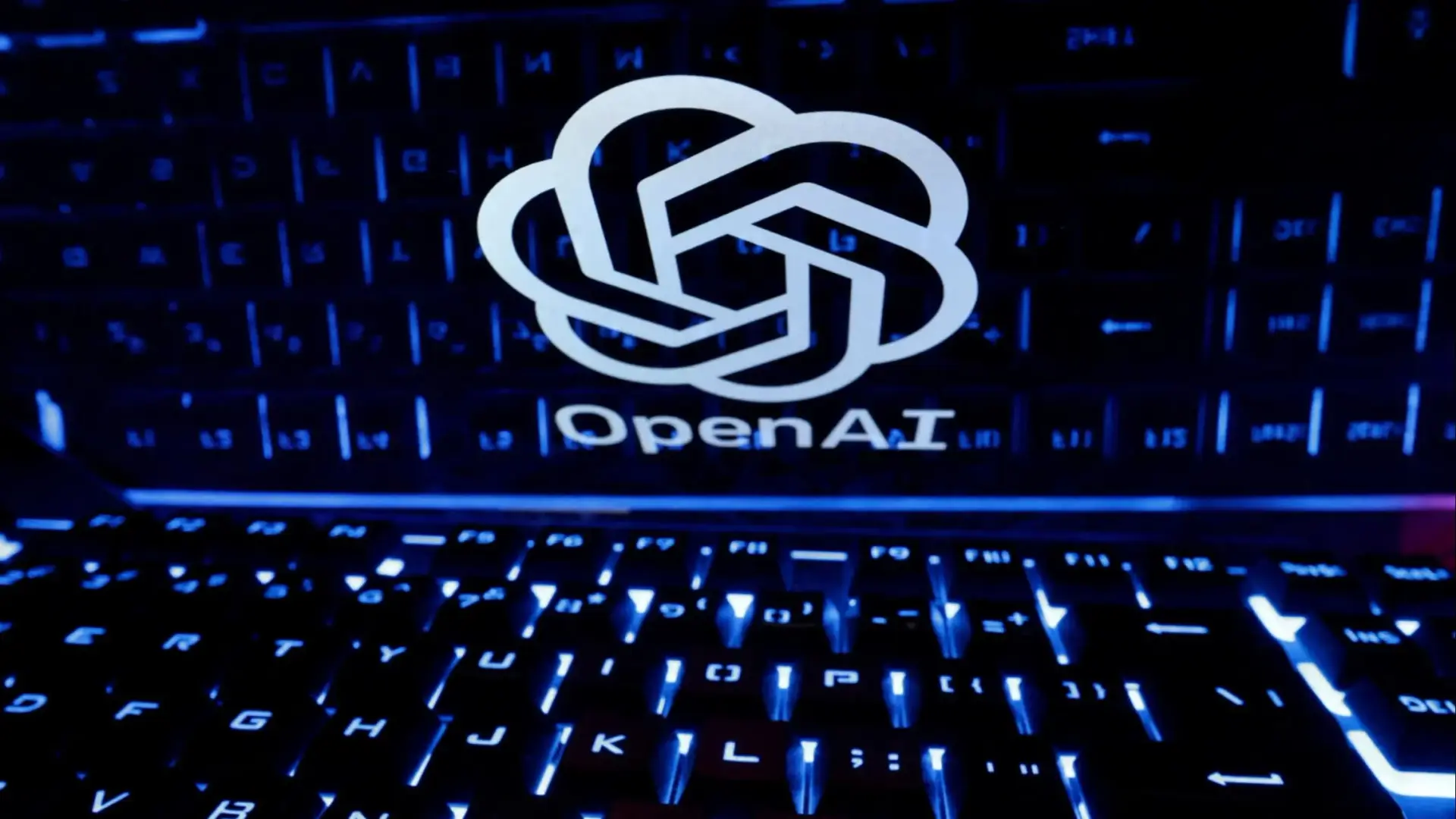OpenAI has upgraded its Operator AI agent with the 'o3' model, enhancing its reasoning capabilities. Operator, available to ChatGPT Pro users, automates web tasks like filling forms and ordering products. The upgrade replaces the previous GPT-4o-based model, promising improved accuracy and persistence in browser interactions. OpenAI claims the o3 model delivers clearer, better-structured responses and a higher task success rate. While currently exclusive to Pro subscribers, OpenAI plans to extend access to Plus subscribers in the future. The o3 model has been fine-tuned with additional safety datasets specifically for computer use. This training aims to teach the model OpenAI's “decision boundaries” regarding confirmations and refusals. A technical report released by OpenAI highlights that o3 Operator performs better in terms of safety compared to the previous model. It is more resilient to risks such as executing prohibited activities, searching for sensitive personal data, or falling victim to prompt injection attacks. That said, OpenAI clarified that although the o3 Operator model inherits o3's coding capabilities, it does not have direct access to a coding environment or terminal. Its safety strategy, as with the GPT‑4o version, follows a multi-layered approach.
Operator functions by using a Computer-Using Agent (CUA) that combines GPT-4o's vision with reinforcement learning. It interacts with websites like a human, using a virtual mouse and keyboard to navigate and complete tasks. This allows Operator to perform tasks without needing custom API integrations, broadening the utility of AI and saving users time. The agent can handle multiple tasks simultaneously, such as ordering groceries and booking reservations, and users can personalise workflows with custom instructions. Safeguards are in place, including user confirmations for sensitive actions and refusal patterns for disallowed tasks, ensuring responsible and secure use.




